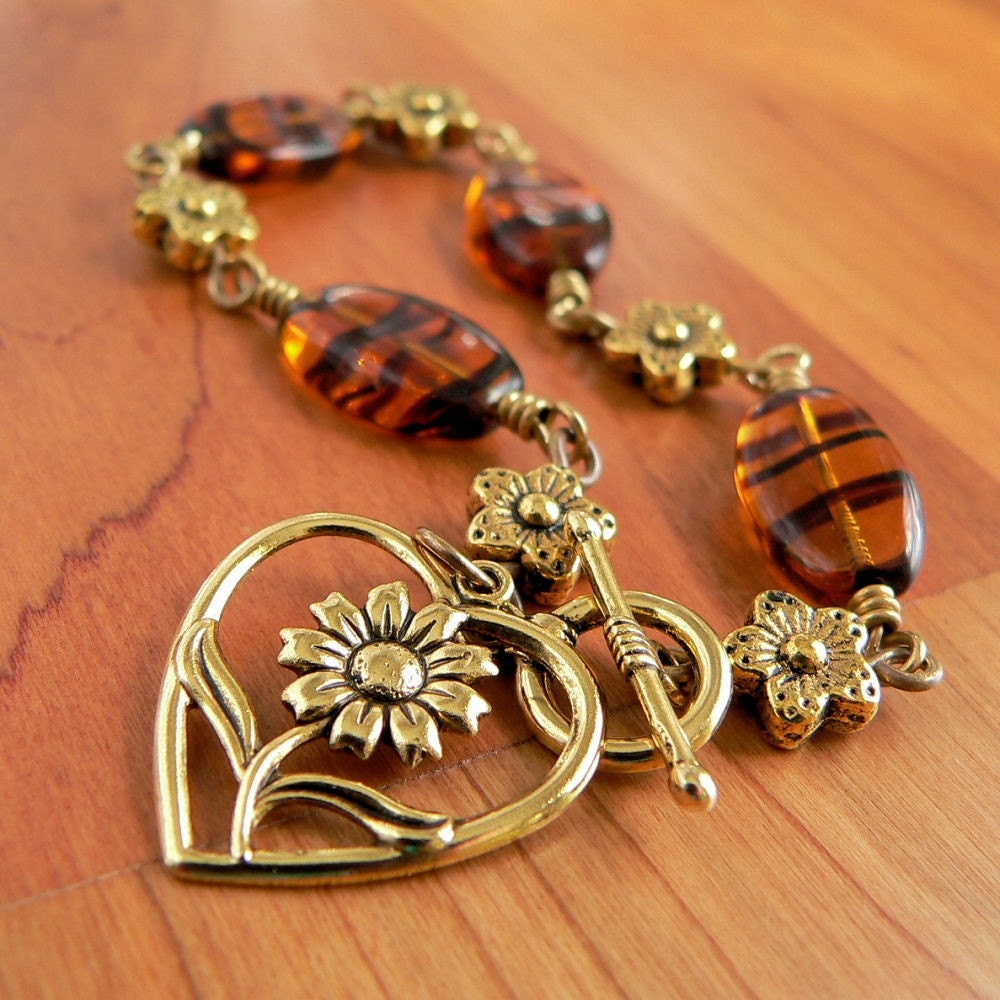I was fairly pleased with this first completed weaving project. Of course, the selvages are a little uneven, but I was told that it might take years of practice to get these right, and even then, they might not be perfect. One can always stitch the sides rather than leave them exposed; sewn hems cover a multitude of errors!
The pattern is a plaid, but I learned that there is much more to a pleasing plaid than meets the eye. Apparently there is a certain mathematical set of proportions required to create a balanced plaid or stripe pattern. My teacher explained that Italian mathematician Leonardo Pisano, better known as Fibonacci, and his sequence of
Fibonacci Numbers provided us with a simple way to plot out stripes and plaids in a way that mimicked balanced patterns found in nature, thus making them pleasing to view. I admit, my eyes grew wide and a feeling of panic washed over me as she jotted down lots of numbers and looked at me for some glimmer of understanding. In the end, I got the general gist of the concept but I will rely on others to fully explain how these number patterns are calculated and used. A couple of useful sites about this topic are:
http://leighsfiberjournal.blogspot.com/2007/05/my-fascination-with-fibonacci.htmlhttp://www.fuzzygalore.biz/articles/fibonacci_seq.shtmlMy current project, still in process, is to make fabric yardage for a handbag or two (my current plan, always subject to change) using my new
rigid heddle Ashford knitter's loom, a lucky, discounted find that I had purchased on

eBay earlier this year. There are so many types of looms and I would love to try them all at some point. The rigid heddle loom is different than the floor and table looms that I have been using in that it does not have multiple harnesses that move the heddles up and down to create a complex pattern. The rigid heddle has one reed which keeps the yarns separate, acts as a beater, and is moved up and down to create an opening called a "shed" through which a shuttle is passed, drawing the weft yarns to cross the warp yarns, thus creating a plain over-under weave. On a harnessed loom, the harnesses are moved up and down to create the shed while the reed is used more as a beater. (For more about weaving and looms, visit
http://en.wikipedia.org/wiki/Loom,
http://mktag.org/projects/cassandraChoosingLoom/content.html, and
http://www.fibrecrafts.com/resource/fact_file/looms/types_loom.asp)
 Four feet made so far. Only five more to go!
Four feet made so far. Only five more to go!The Ashford Knitter's Loom has several great features such as portability, a wide range of reeds including one with large eyes that accepts handspun or bulky yarns, and the ability to fold down into its custom carry bag. It was easy to take to class, where I put on yarn, then closed it with yarns in place to take home for further weaving. My loom came with a matching floor stand which is useful for holding the loom when no table is available against which to lean the loom while working.
 What I am weaving:
What I am weaving: Plain weave
Warp is an older cone of Maysville 8/4 cotton carpet warp in natural.
Weft is Schachenmayr Nomotta Safari; 35% cotton, 20% viscose, 15% flax, 15% acrylic, 15% polyester - a blue-gray and natural toned boucle made in Italy and received from a generous Freecycler (thank you!)

























